The world 's vital energy route
In 2024, about 16.5 – 17 million barrels of crude oil and natural gas condensate will pass through the Strait of Hormuz every day (Photo: Getty).
Located between the Persian Gulf and the Gulf of Oman, the Strait of Hormuz is only about 33km wide at its narrowest point, but is the world's most important oil shipping route.
According to the US Energy Information Administration (EIA), in 2024, about 16.5 - 17 million barrels of crude oil and natural gas condensate will pass through here every day, equivalent to 20% of the total global oil supply.
In addition, more than 20% of liquefied natural gas (LNG) is also transported via this route, mostly originating from Qatar - the world's second largest LNG exporter after the US.
In terms of terrain, Hormuz is about 161km long, divided into two shipping lanes only 3.2km wide each way. This narrowness makes the possibility of blockage or blockade very high with just a small incident, such as mine laying, ship collision, or military exercise.
Location of the Strait of Hormuz on the map (Photo: Straitstimes).
The importance, or even "vitalness" of the Strait of Hormuz lies in the fact that there is absolutely no alternative shipping route of equivalent level.
There, oil shipping routes such as Saudi Arabia's East-West (4.8 million barrels/day) or the UAE's Habshan-Fujairah (1.5 million barrels/day) combined are still only enough to replace less than 40% of the shipping capacity held by the Strait of Hormuz.
If this shipping route is blocked, oil tankers will be forced to go around the Cape of Good Hope in South Africa, extending shipping times by weeks and causing freight and insurance costs to increase many times over.
Iran's "strategic card" never drawn
With its clear geographical advantage of controlling almost the entire northern shore of the Strait, Iran has long viewed Hormuz as an asymmetric strategic weapon. In its strident statements, Tehran has repeatedly asserted that it can “close the Strait in a matter of hours,” as Admiral Ali Fadavi said in 2012.
However, in reality, during the 2008–2012 and 2019–2021 periods, when oil sanctions were imposed or when the US directly confronted Iran, although it did not hesitate to lay mines, attack commercial ships, seize oil tankers or shoot down US UAVs, it never completely blockaded Hormuz.
The Strait of Hormuz is one of the world's most important chokepoints, through which one-fifth of global oil and gas supplies pass (Photo: Getty).
Tehran’s strategy is clearly not to close the strait to scare the world. A mere statement on June 14 by MP Esmaeil Kowsari about “considering closing the strait” caused Brent crude to surge 13%, reaching its highest level since January.
Despite its formidable geostrategic chokepoint, Iran knows that blocking Hormuz is no easy feat. There are at least four big reasons why such a move has never happened before.
First, there is the economic reason : Iran exports an average of 1.65 million barrels of oil per day (2024), mostly via Hormuz. Closing the strait would mean cutting off its main source of income, in a context where the country's budget still depends on crude oil revenues for more than 50%.
Not only oil, but most consumer goods, from medicine to food... are imported through this route. Bloomberg once called that action "economic suicide".
Second is the military risk : the US has declared Hormuz a “red line”. Once blockaded, Washington could launch preemptive air strikes, mobilize minesweepers, and launch a full-scale attack on Iran’s naval system, including the Islamic Revolutionary Guard Corps (IRGC) and port infrastructure.
Experts estimate that in just 2-3 weeks, the US can restore shipping routes, but the damage to Tehran will be very severe, both economically and civilian.
Third is pressure from partners : China, Iran’s largest oil customer, will not risk losing its supply. In 2024, nearly 50% of the oil passing through Hormuz will be destined for China.
Qatar, a major LNG exporter and friendly neighbor of Iran, also depends on the route. An uncontrolled decision from Tehran could alienate both strategic partners.
Finally, there are technical and legal barriers : Most of the strait lies within the territorial waters of Oman, a neutral country with good relations with both the West and Iran. It is impossible to fully control Hormuz without encroaching on Omani territorial waters.
In addition, to maintain a long-term blockade, Iran needs the coordination of many military branches and large maintenance resources, which the country is not qualified to do for a long time, especially under the pressure of prolonged sanctions.
Source: https://dantri.com.vn/khoa-hoc/eo-bien-hormuz-co-chai-chien-luoc-cua-nang-luong-va-an-ninh-toan-cau-20250623121250292.htm




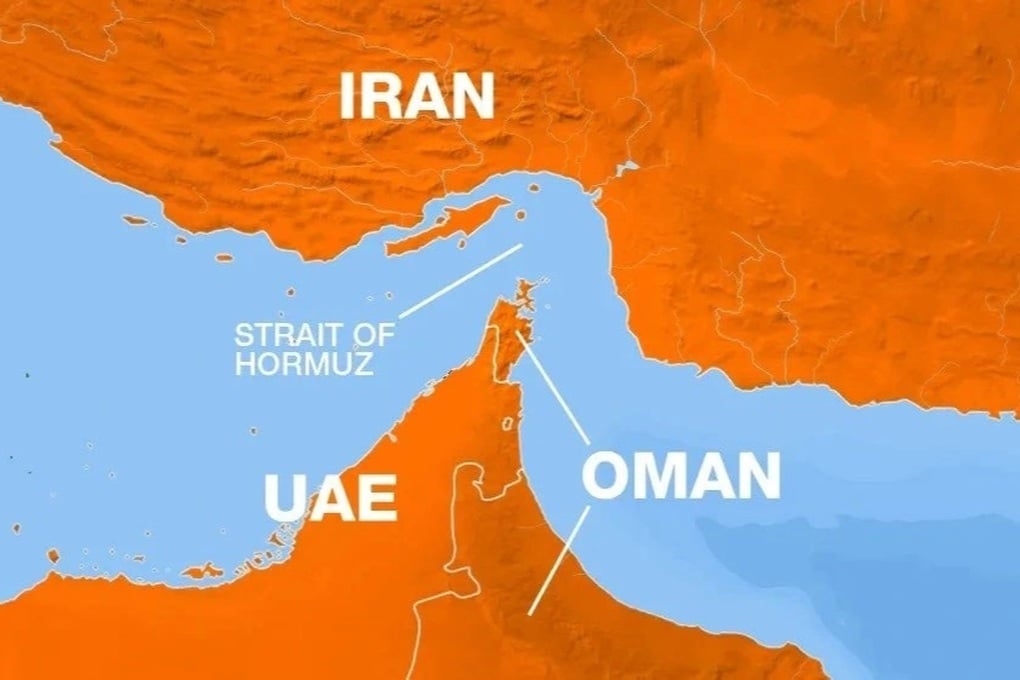


![[Photo] Ho Chi Minh City residents show their affection to celebrate the 80th anniversary of the August Revolution and National Day September 2](https://vphoto.vietnam.vn/thumb/1200x675/vietnam/resource/IMAGE/2025/9/3/55d860cbb63a40808e1e74ad9289b132)

![[Photo] Lao President Thongloun Sisoulith and President of the Cambodian People's Party and President of the Cambodian Senate Hun Sen visit the 95th Anniversary Exhibition of the Party Flag Lighting the Way](https://vphoto.vietnam.vn/thumb/1200x675/vietnam/resource/IMAGE/2025/9/2/3c1a640aa3c3495db1654d937d1471c8)
![[Photo] Special art program "Da Nang - Connecting the future"](https://vphoto.vietnam.vn/thumb/1200x675/vietnam/resource/IMAGE/2025/9/2/efdd7e7142fd45fabc2b751d238f2f08)
![[Photo] National Assembly Chairman Tran Thanh Man meets with First Secretary and President of Cuba Miguel Diaz-Canel Bermudez](https://vphoto.vietnam.vn/thumb/1200x675/vietnam/resource/IMAGE/2025/9/2/c6a0120a426e415b897096f1112fac5a)






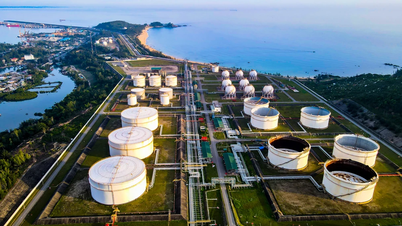



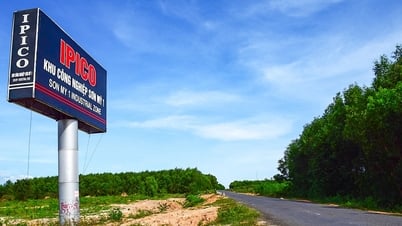

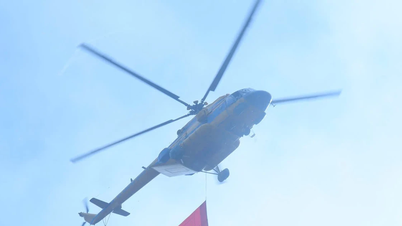


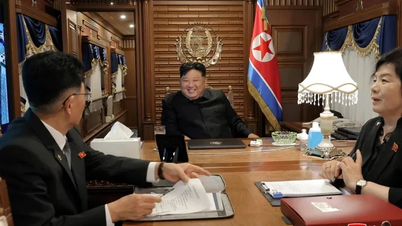





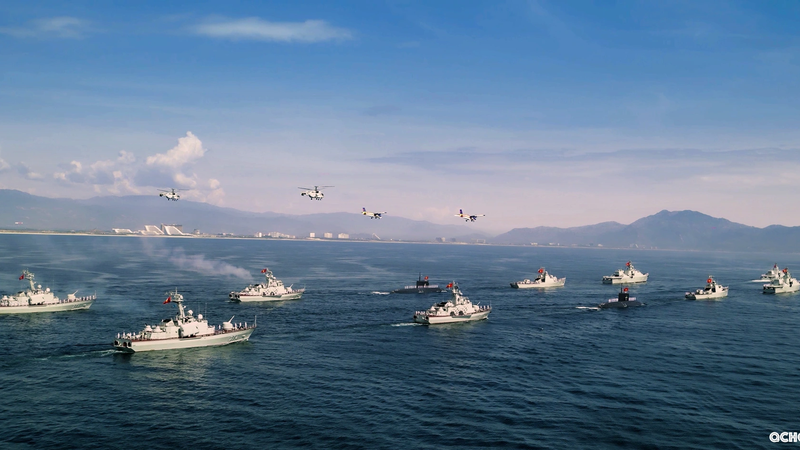

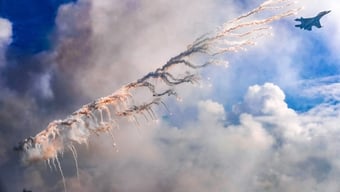
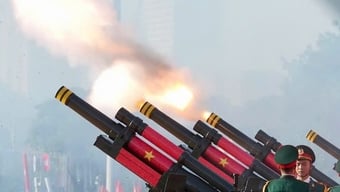































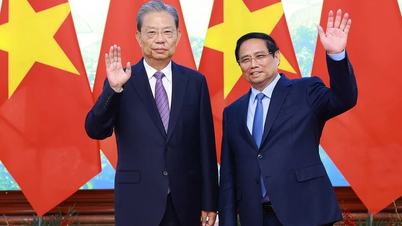
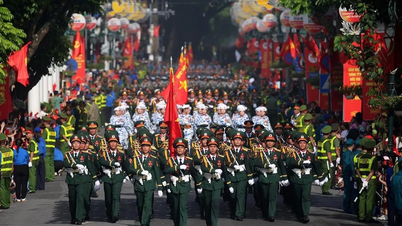




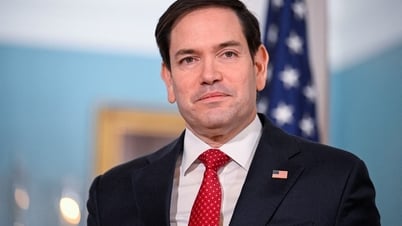



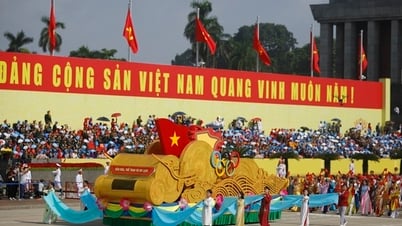

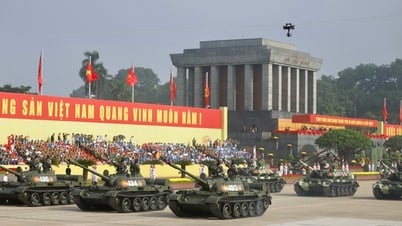
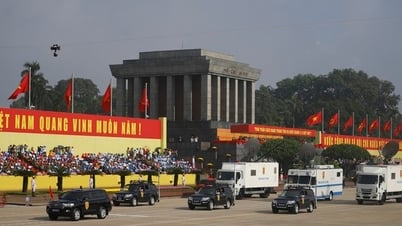















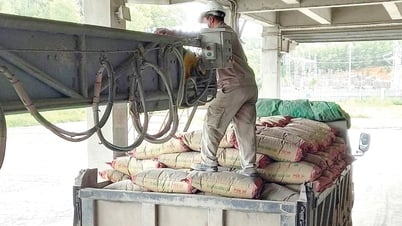










Comment (0)